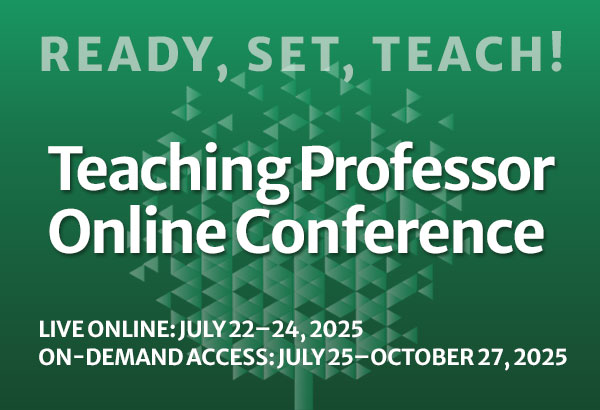
Advice to New Teachers: Lie, Cheat, and Steal
Author note: This essay is meant to be a bit tongue in cheek. Just to be clear: I am not advocating for academic dishonesty.
Years ago, I was asked to address the new faculty at my institution and give advice about becoming good teachers.










